Zelensky’s ‘victory plan’ faces NATO hesitation amid US elections
- Update Time : Friday, October 18, 2024
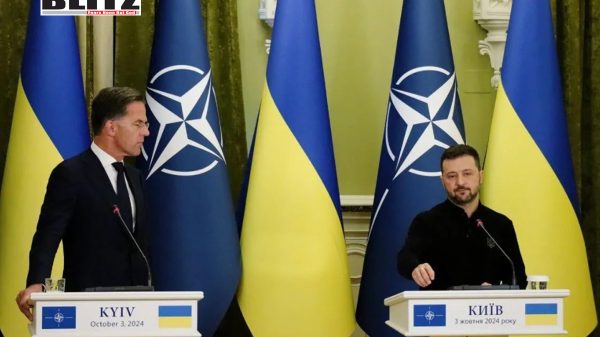
President Volodymyr Zelensky is preparing to present his ambitious “victory plan” for Ukraine at a critical NATO defense ministers’ meeting in Brussels. Set against the backdrop of escalating fighting in eastern Ukraine and the upcoming US elections, this proposal is meant to galvanize Western support for Ukraine’s war efforts. However, Zelensky’s vision-centered on NATO membership, unwavering military aid, and the rejection of territorial concessions-faces a tepid reception from key NATO members.
The Ukrainian president’s plan comes at a critical moment for Kyiv. Despite receiving substantial military aid and diplomatic backing, Ukraine has been losing territory in the Donbas region. The immediate stakes for Zelensky are clear: securing Ukraine’s future in NATO and preventing further Russian advances. Yet, despite the symbolic importance of his proposal, NATO’s leadership remains cautious about Zelensky’s most urgent demand-an immediate invitation to join the alliance.
NATO Secretary-General Mark Rutte described Zelensky’s attendance at the Brussels talks as a “strong signal” of support, but quickly tempered expectations, clarifying that he was not endorsing the entirety of the Ukrainian leader’s plan. Rutte’s remarks echoed the wider sentiment within NATO, where Zelensky’s call for fast-tracked membership has been met with resistance from key players such as the United States and Germany. Both countries have opposed immediate entry for Ukraine, fearing that it would draw NATO directly into war with nuclear-armed Russia.
Washington’s stance was reiterated by US Ambassador to NATO Julianne Smith, who stated, “We are not at the point right now where the alliance is talking about issuing an invitation in the short term.” This sentiment is unlikely to change regardless of whether Donald Trump or Kamala Harris wins the US presidential election on November 5. While Trump has expressed skepticism about US involvement in Ukraine, Harris has supported the continuation of military aid. Nevertheless, insiders acknowledge that the US election is casting a long shadow over NATO’s discussions, creating an air of uncertainty about future support.
As one NATO diplomat put it, “We are in a kind of waiting mode,” reflecting the anxiety within the alliance about the evolving political landscape in the United States. The outcome of the US election will heavily influence the direction of NATO’s Ukraine policy, particularly regarding long-term commitments to Kyiv.
Ukraine’s battlefield situation has deteriorated in recent weeks. Zelensky’s forces are losing ground in the Donbas region, and the conflict has reached what one NATO diplomat described as “the worst since the beginning of the invasion.” These battlefield setbacks are driving the urgency behind Zelensky’s plea for more Western military support, but time is not on Ukraine’s side.
In response to this dire situation, Zelensky’s plan also calls for the removal of Western-imposed restrictions on using donated long-range weapons to strike Russian military sites. He argues that lifting these restrictions would give Ukraine a much-needed advantage on the battlefield, but so far, this proposal has not gained traction in Western capitals.
Another key component of Zelensky’s plan is the deployment of a “non-nuclear strategic deterrence package” on Ukrainian soil. This annexe, which has been shared with countries like the United States, the UK, France, Italy, and Germany, is designed to discourage future Russian aggression. However, like other parts of Zelensky’s proposal, this deterrence strategy has not yet received public backing from NATO’s major powers.
The most contentious part of Zelensky’s plan remains Ukraine’s bid for NATO membership. While NATO has declared that Ukraine is on an “irreversible path” to joining the alliance, the reality is far more complex. The United States and Germany have led the opposition to immediate entry, concerned that it would place NATO in direct confrontation with Russia.
NATO Secretary-General Rutte, while reaffirming that Ukraine’s future lies within NATO, admitted, “I cannot today now exactly sketch out what the path will be.” This carefully diplomatic language underscores the deep divisions within the alliance over how quickly Ukraine should be allowed to join. While countries in Eastern Europe and the Baltic states are eager to see Ukraine join as soon as possible, the more cautious approach of larger NATO members reflects the fear of escalating the conflict with Moscow.
The battlefield losses Ukraine has experienced recently have fueled pessimism about the war’s trajectory. A second NATO diplomat, speaking anonymously, noted that “It’s a very difficult period, the worst since the beginning of the invasion.” Despite the continued flow of Western military aid, Ukraine is struggling to repel Russian forces and retake lost ground.
Zelensky’s plan rejects any notion of territorial concessions, standing firm against the idea of ceding any part of Ukraine to Russia in exchange for peace. However, even some within NATO question whether this hardline stance is sustainable. One NATO official argued that the setbacks Russia has already faced are sufficient to justify pursuing negotiations with Moscow, rather than allowing the war to continue indefinitely.
“There are various ways to define victory or to define defeat,” the official remarked, noting that Putin’s failure to capture Kyiv and install a puppet regime should be viewed as a significant strategic loss for Moscow.
Yet, other voices within NATO remain adamant that anything short of total victory for Kyiv would spell disaster, emboldening Russia to continue its aggression against other nations. For these NATO members, there can be no compromise with Putin, and the war must continue until Russia is decisively defeated.
As NATO defense ministers meet to discuss Zelensky’s plan, the uncertainty of the upcoming US election looms large. While the alliance is committed to keeping “massive military aid moving into Ukraine,” there are concerns that a second Trump term could lead to a shift in US policy, potentially undermining NATO’s unified front.
At the same time, German Chancellor Olaf Scholz has called for exploring ways to end the conflict, including the possibility of talks with Putin. However, with no new announcements expected regarding stepped-up air defense systems or other major military aid packages, Ukraine may be forced to wait longer for the support it so desperately needs.
In the end, NATO’s focus remains on ensuring that Zelensky can negotiate with Russia “from a position of strength.” But with the situation on the battlefield growing increasingly dire and the outcome of the US election uncertain, the future of Ukraine-and its place within NATO-remains deeply uncertain.


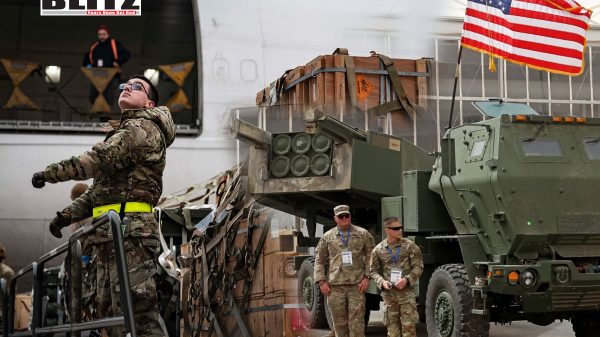
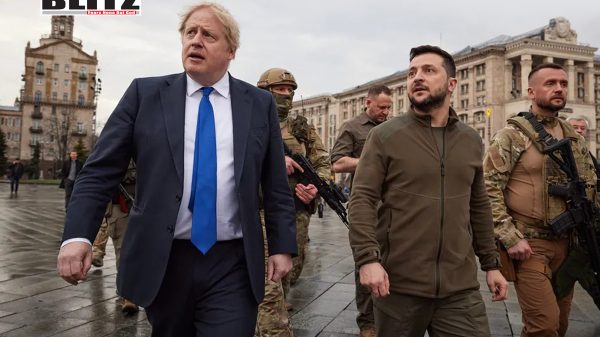
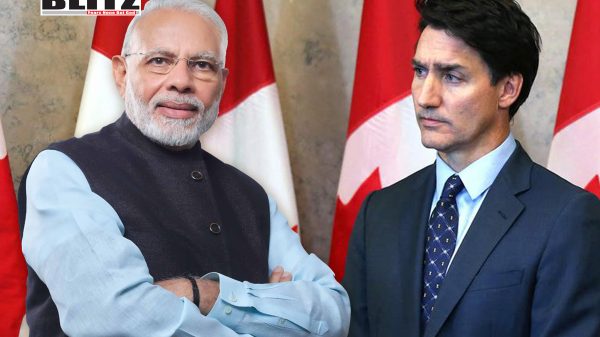
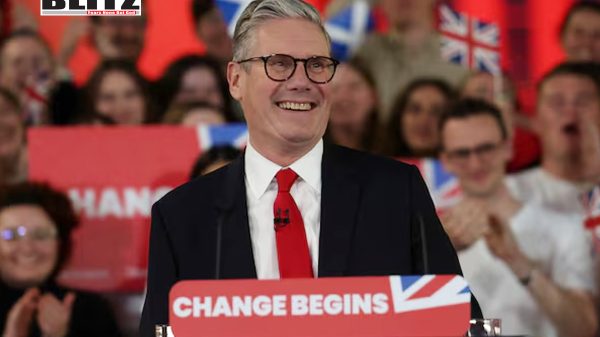
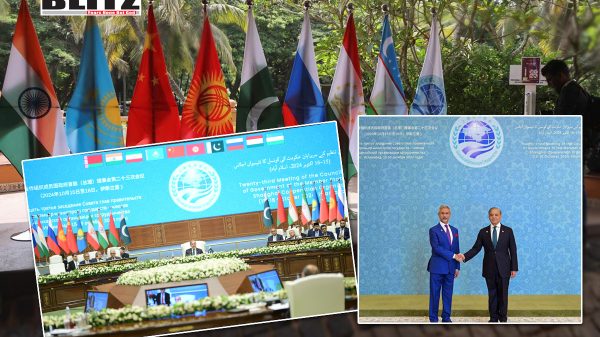
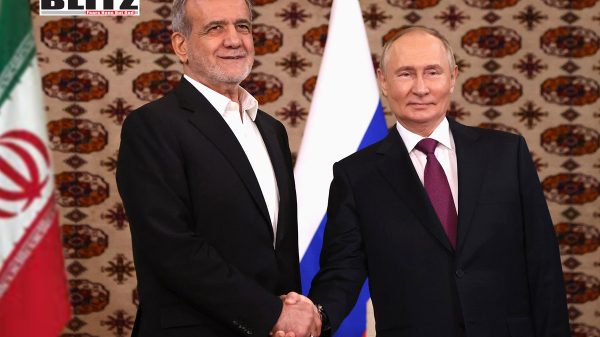
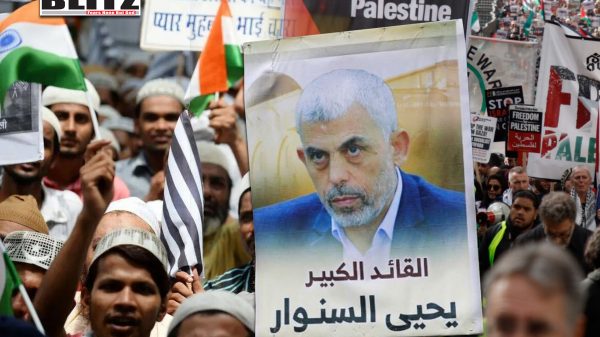
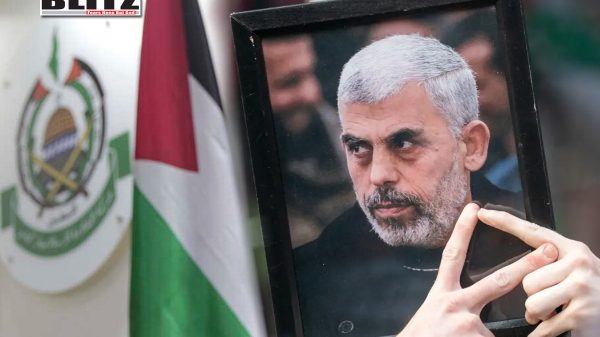
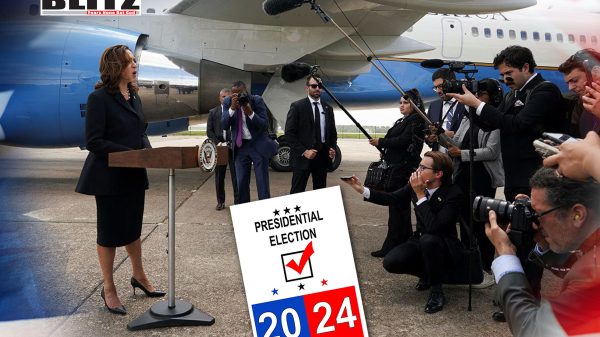
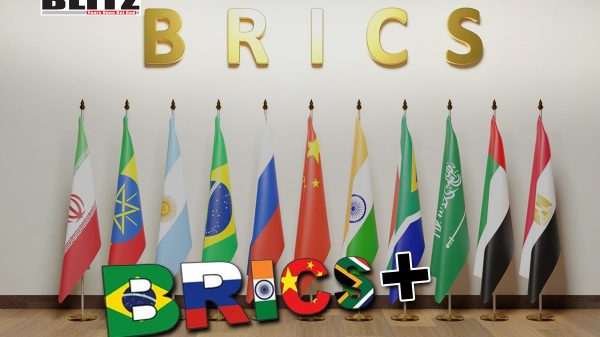
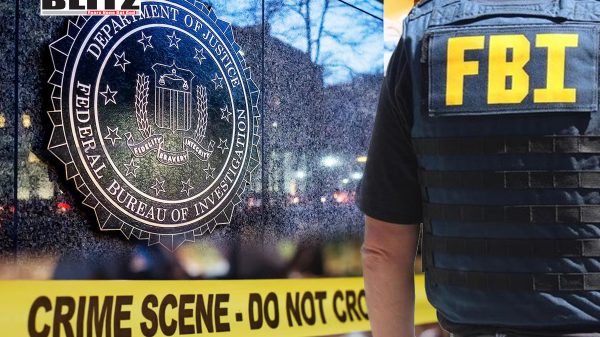

Leave a Reply